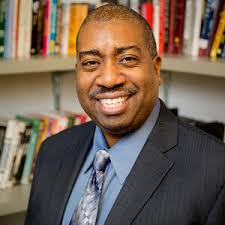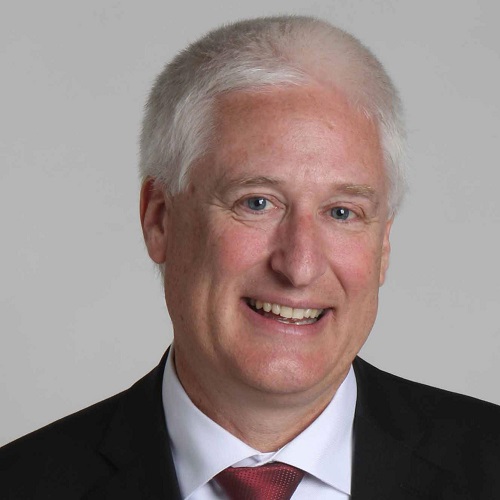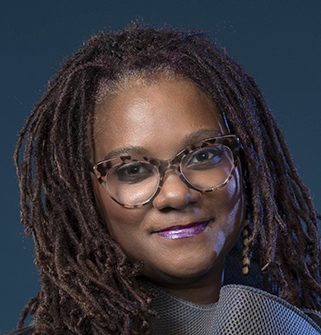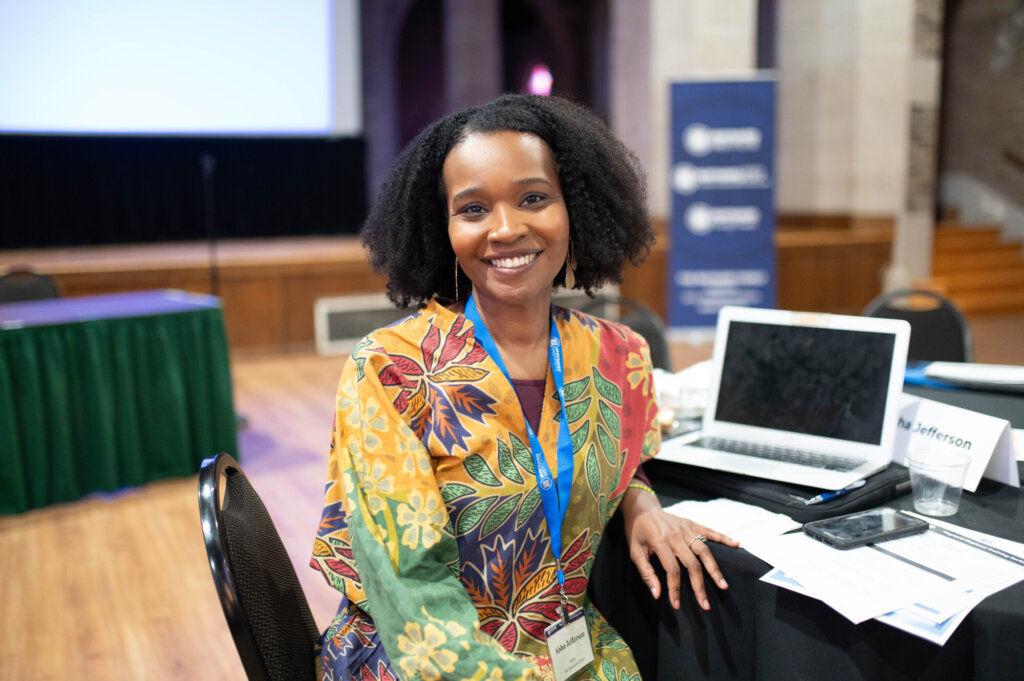As the nation begins wrestling with the issue of systemic racism and its consequences, many mainstream newsrooms may also find themselves looking inward, particularly at coverage of police and courts. Three recent participants in the spring 2019 Gannett-McClatchy Table Stakes have begun examining how newsrooms’ practices, such as crime and courts coverage, have had long-term effects, not only on Black communities and communities of color, but also on their communities as a whole.
The project involved journalists in Rochester, New York; Sacramento, California., and Wilmington, Delaware. Editors in all three newsrooms said they recognize that years of crime news has eroded goodwill among Black people and that gaining their trust will require journalists to rethink ingrained approaches to coverage. They have begun a self-examination that includes reviewing norms that have stood for generations. In these newsrooms it’s no longer standard to use booking shots or to write about crimes that aren’t felonies.
“There’s a law enforcement industrial complex that rolls out these press releases and schedules these cases,” said Michael Kilian, executive editor of the Democrat and Chronicle in Rochester. “We’ve been covering them from time immemorial without thinking about how that distorts the local community’s perception of itself and of marginalized communities.”
Critics have long maligned the overrepresentation of Black people in crime coverage and the resulting distortion in community perceptions. A two-year study of how Black families are represented in national and local coverage found that their members are overrepresented as criminals by 11 percentage points, while white family members are underrepresented by 39 percentage points, according to “A Dangerous Distortion Of Our Families.”

Dr. Travis Dixon, the study’s author, said this imbalance in crime coverage reinforces societal tendencies to associate criminal behavior with Black people. “As readers consume more and more of that, they tend to think, that person is possibly a criminal,” said Dixon, a communication professor at the University of Illinois at Urbana-Champaign.
The consequences of coverage
The goal of Table Stakes, underwritten by the Knight-Lenfest Local News Transformation Fund, is to help legacy news organizations with digital transitions. It addresses diversity, equity and inclusion through the Maynard Institute’s Fault Lines concept. The late Robert C. Maynard, for whom the institute is named, promoted the idea that societal faults, or identities, can fracture communities just as geological fault lines rupture the earth.
Maynard traced the origins of his argument to the 1989 Loma Prieta earthquake on California’s central coast. Most of the 63 people killed were on the Cypress Street Viaduct in West Oakland that hadn’t been reinforced to withstand the force of the magnitude 6.9 quake. Maynard called on American journalists to adopt coverage models that would reinforce societal Fault Lines so they could better withstand tensions and pressures.
Race, class, generation, geography, gender and sexual orientation are the most common societal Fault Lines that have ruptured American society. In addition to these, physical and mental challenges, politics and religion are identities that also heavily influence how events are viewed. Incorporating Fault Lines in coverage means not only understanding how content might be viewed by different audiences but also how journalists make coverage decisions.
Crime coverage, which includes the police beat and criminal courts, has long been a staple of American journalism. This approach includes publishing booking photos of suspects and often reporting criminal background information even if it’s not relevant to the story. Reporting on crime was amplified in the past decade as legacy newsrooms struggling for a digital foothold began factoring in page-view potential when making coverage decisions.
“Every cop story you post has a certain amount of guaranteed page views because people click on that stuff,” Kilian said. “What’s harder is to think about the page views you’re not getting because you’re emphasizing that coverage.”
Mike Feeley, executive editor of The News Journal in Wilmington, said that when his staff began to reconsider its crime coverage model, one of the first questions was “How do we replace that audience?”
When The News Journal stopped publishing arrest roundups filled with booking photographs, it replaced that content with photos of swim meet clubs “because they were very popular,” he said.

He added that the swim club photos attracted more interest than the gallery of people who had been arrested.
In Rochester, the D&C stopped responding to every police press release, Kilian said. Instead, the staff looks more for trends and community responses to crime or what he calls “smart enterprise stories with more voices and perspective or solutions.”
“People who are willing to pay for our work are going to look for coverage like that, not man shot on Main Street.”
In Sacramento, the Bee’s examination of coverage began as it dealt with repercussions from the death of Stephon Clark, who was unarmed when shot by police while in the backyard of his grandmother’s home.
Lauren Gustus, president and editor of the Bee said it became apparent that the paper had “a great track record” covering restaurant openings in midtown and holiday lights in east Sacramento.
“We don’t have a good record, so to speak, in many other communities,” said Gustus, who had joined the Bee several weeks before Clark’s death. Table Stakes supported and gave focus to the process, which accelerated this summer in the aftermath of the death of George Floyd at the hands of police in Minneapolis.
“Culturally, the conversation in Sacramento and across the nation moved very fast.”
The Bee also adopted a policy on booking photos, which are no longer published, except for limited exceptions. Even those exceptions have to be vetted and approved.
The policy change is an indicator of how the Bee’s relationship with Black people has evolved. In the months after Clark’s death the newsroom turned its attention to repairing its relationship with Black people and other marginalized groups and communities.
When the Bee ran surveillance video showing people who hadn’t been charged with a crime, but were being sought by police, said Kamaria Roberts, West Region Video/Audio Lead for McClatchy. “These people didn’t have charges against them. Some people in the community called and said this is not OK.” The Bee responded quickly with the booking photograph policy in part to show it took the objections seriously.
“Previously, we would have published the story at the request of the police,” said Gustus, who noted that people in the video were involved in a protest. “The moment would have passed and we would have served as a conduit for police.”
Now, however, the Bee considers its responsibility to balance public safety against what may or may not be criminal behavior on a case-by-case basis, she said.
Gustus said the Bee also did a content audit that showed its sources were “overwhelmingly white and male.” The audit was made public, she said, because “it’s important to share those results with the community, so the community can hold us responsible for moving the needle on our sourcing.”
Kilian said his newsroom audited its coverage and found that one in five stories represented some aspect of crime coverage. “One in five is 20 percent,” he said. “There’s no way, shape or form that in Rochester . . .or anywhere else, 20% of all human activity revolves around crime. It’s just not the case, but if you read our pages every day, that’s the reality you take away.”
Such coverage is devastating, he said, noting that in some neighborhoods 90% of coverage was crime related.
“That is the story of that neighborhood to the rest of your community,” Kilian said, “even though that’s not the reality of life there. Obviously there are people there who go to church, drive buses, love their children, are coaches and musicians and everything else. But we’ve failed to tell those stories because we haven’t engaged with those communities.”
Such coverage can make people less empathetic and more critical of Black people, Professor Dixon said. He said police shootings or arrests may prompt people to believe that whatever happened was deserved.
The way we’ve always done it
The processes these newsrooms have undergone are not a journalism norm. Journalists “don’t focus on how we’re doing things or why we’re doing things,” said Deborah Douglas, a journalist and the Pulliam visiting professor of journalism at DePauw University in Greencastle, Indiana. “We just have this orthodoxy of input/output.”
When it comes to crime coverage, she said, journalists often give more weight to police accounts, allowing those to frame the narrative. “We go to the police and regard them as ‘official’ sources, and we take what they give us and we publish it.

“They enjoy this default as being this official credible source.”
Feeley said that in its examination of coverage, his newsroom realized that often “the person who’s arrested doesn’t have a voice.” He said The News Journal no longer uses the words “authorities said.” Rather than rely on catchall, sources are identified by name or position.
“They’re a police officer, district judge or attorney general’s office,” he said.
Kilian noted that while journalists haven’t developed relationships with Black people and communities of color, they have cultivated law enforcement. “We engage with the police every minute of every day. And so we’ve ended up with something that doesn’t reflect the full breadth of life in our community.”
Lessons learned
The editors at the Sacramento Bee; the Democrat & Chronicle, Rochester, New York; and the News Journal, Wilmington, Delaware, did more than hit the reset button on crime coverage.
Each newsroom reassessed not only the police beat, but they also considered their audience goals to see how they did or didn’t pair up. Mike Feeley, executive editor of the News Journal, said they quickly realized the argument of “well, it’s news,” no longer held.
More than that, they had to be frank about the newsroom’s relationships with Black people and communities of color. “People don’t want to talk with us because of who we are,” Feeley said.
Editors eliminated the crime beat completely and refocused their approach to center it on the impact of crime on a community. They no longer cover crimes that are less than felonies unless there’s a newsworthy element like a prominent suspect.
Background checks have also been a disputed media practice, with Black people in particular accusing journalists of selectively doing the checks and using the information even when it wasn’t pertinent to the story.
Now, this information is only included if it’s relevant.
The News Journal also changed its approach to covering courts. Rather than approaching cases with incremental day-to-day coverage, reporters are now focused on more “exhaustive coverage” that examines issues and trends.
Feeley said the News Journal is following the trail blazed by the D&C, which is producing content about and for traditionally underserved communities, in place of crime coverage.
The D&C no longer runs booking shots as a matter of course. Instead, Kilian said full blown discussions are held about the merits of running such a photo. The newsroom also stopped responding to every police press release.
Crime coverage has been reduced 8% to 9%, Kilian said, replaced with diverse audience coverage.
The D&C also used a Facebook grant to set up listening posts in underserved areas. Editors and reporters got out of the newsroom and listened to community members.
The Bee recognized that in many cases Black voices were muted or ignored in its coverage. The newsroom received a Facebook grant that allowed it to recruit Black writers from communities it had a history of ignoring.
Roberts produced a documentary featuring Clark’s brother, Stevante, as he worked for change following Clark’s death. The newspaper hosted a conversation between Stevante Clark and Police Chief Daniel Hahn.
Roberts, who helped direct this past summer’s protests of George Floyd’s death, said she and the reporter were aware of the inroads they had made among Black people in Sacramento and were determined to keep it. She said the reporter made a point of focusing on people on the ground, interviewing protestors as well as police to give as full a reflection of the events as possible.
The newsroom has also created an equity team, led by Keiona Williamson, a Sacramento native, who returned to the city after being away for eight years. Williamson said that one of the charges of her team is to “shape coverage of the Black community that is really reflective of a dynamic community that has its own social hierarchies, own politics, its own economics.”
The team is also preparing an equity report meant to help explain where significant disparities exist in Sacramento. Williamson said a host of indicators will be examined including homeownership, education, political representation and economic stakes.
Douglas, of DePauw, recommended that newsrooms take several steps if they intend on recast police and crime coverage.
- Learn not to default to the police narrative. “The police are not the only credible official source.”
- Avoid sensationalism. “We need to wean ourselves from that appetite for sensational news.”
- Rethink coverage orthodoxy. She noted that some coverage emphasizes property damage over human lives, “especially white property v. black and brown lives.”
- “Respect and empathy for the people we serve.” She said journalists need to understand and interrogate how society is structured.
- Step back from episodic reporting and “engage in more contextual reporting.”
- Thematic framing of issues: “Stop centering established power in our narratives and start centering people power. We’re almost like a PR agency for established power because of our over reliance on official sources.”
Jean Marie Brown is an assistant professor of professional practice at Texas Christian University. She was a senior editor at the Fort Worth Star-Telegram. She was an editor and reporter at The Charlotte Observer and a reporter at the former Post-Tribune in Gary, Indiana, and the Chicago bureau of The Wall Street Journal. She is a senior Fault Lines trainer for the Maynard Institute.als of color and those of diverse backgrounds the tools to become skilled storytellers, empowered executives and inspired entrepreneurs.
Get in touch to learn more about what we do and how we can help

Your support matters
Donating to MIJE helps newsrooms and professionals improve their reporting, workplaces, and the communities they serve.
